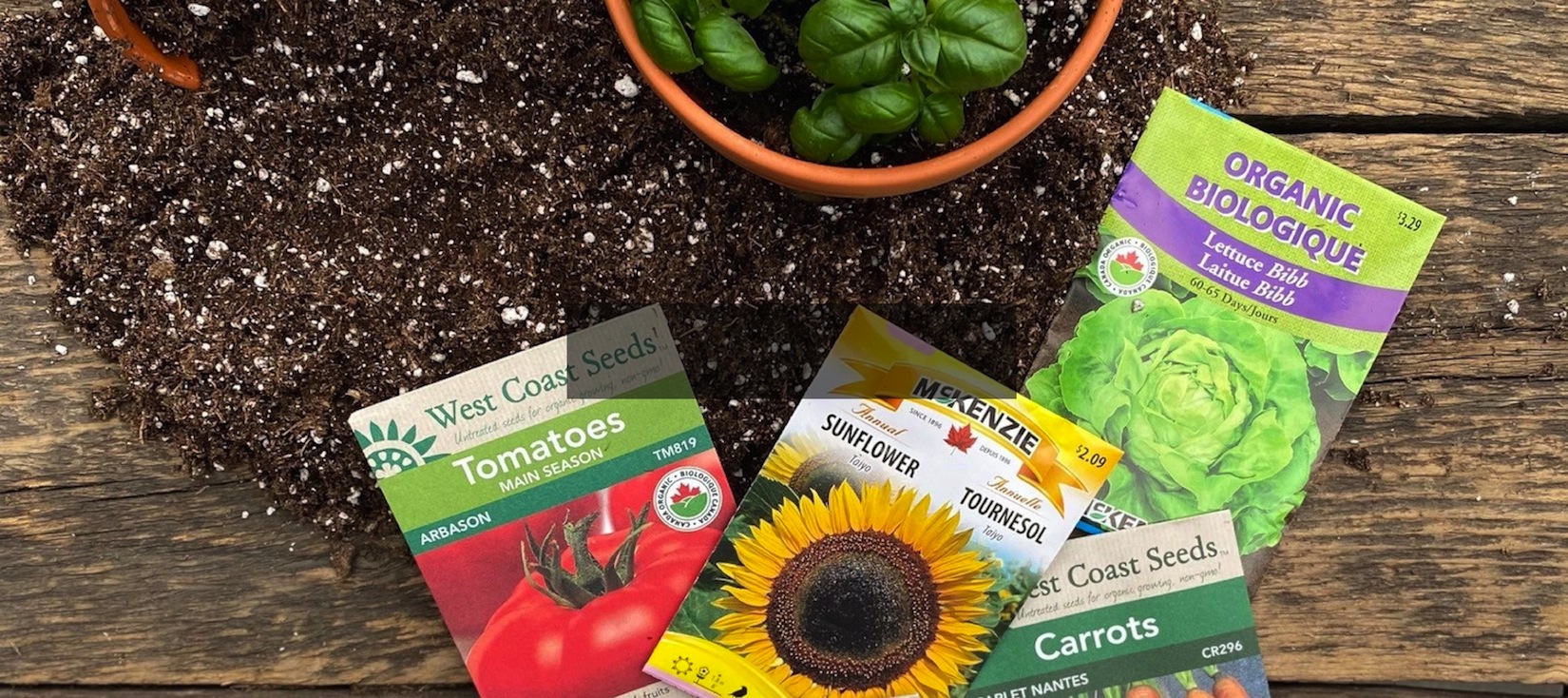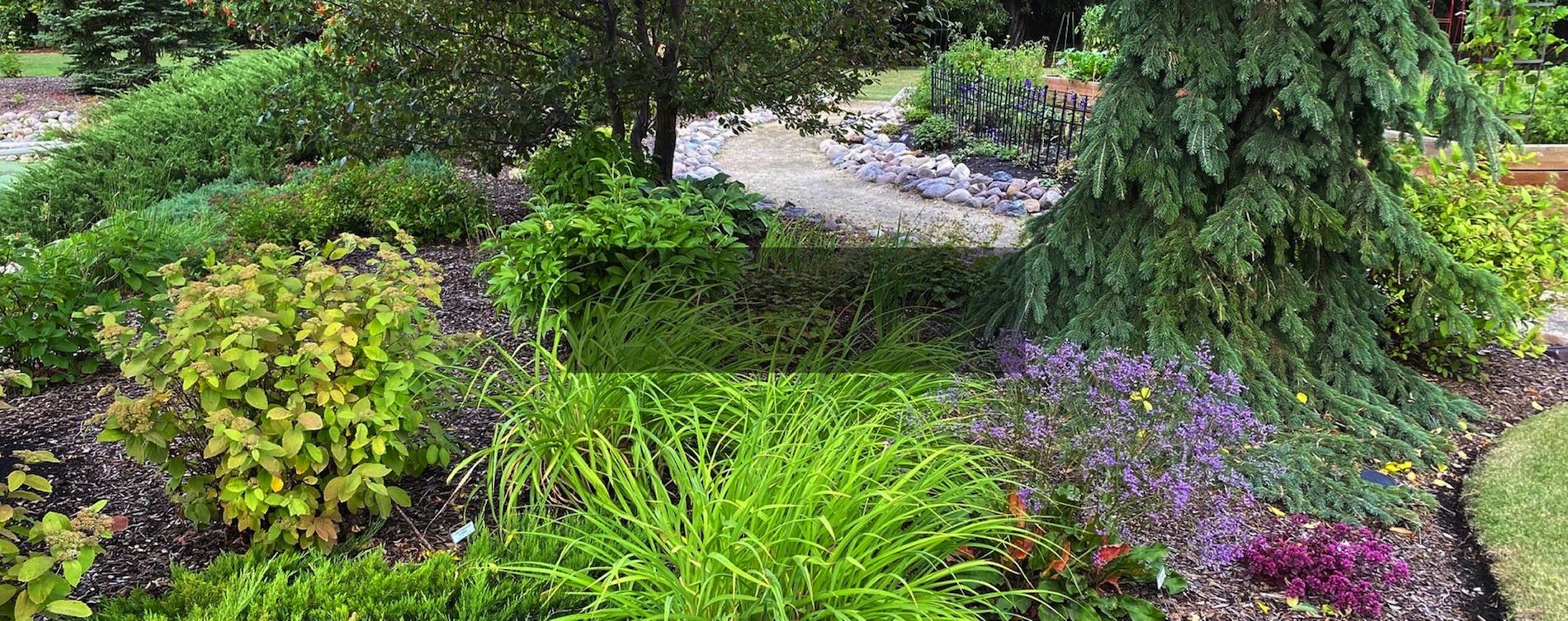Perennials for Shade

Contrary to popular belief, there is a wonderful selection of perennials that will thrive in shady spaces. Below, we share the various types of shady spots, and the perennials to plant in them.

Woodland
Woodland gardens are characterized by dappled shade lent by trees and large shrubs, as well as moist, humus-rich soil. Woodland plants are dainty and often very unique, thriving under the protection of the canopy and preferring shallow soils that are loose and airy, enriched by the rotting leaves of the trees and shrubs. Excellent woodlanders include any type of fern, columbine, cobra lily, siberian bugloss, corydalis, cyclamen, lady’s slipper, umbrella leaf, fairy bells, liverleaf, western wood lily, solomon’s seal, and trillium.
Mixed Border
The mixed border offers standard garden conditions, but with protection from hot afternoon sun. Sun will usually be available in the morning and evening hours; this means an east or north exposure. An average, moderately moist soil is preferred. Any shade loving plant will grow in this type of setting, but some suggestions are lady’s mantle, columbine, astilbe, goat’s beard, bleeding heart, shooting star, bishop’s hat, coralbells, foamy bells, hosta, martagon lily, jacob’s ladder, solomon’s seal, primrose, rodgersia, and foam flower.

Groundcover
There are not as many groundcovers for shade as there are for sun, but a few include bugleweed, lily-of-the-valley, sweet woodruff, creeping jenny, low growing ferns and periwinkle.
Dry Shade
Perennials that tolerate dry shade include bergenia, bishop’s hat, Solomon’s seal, and periwinkle. Note that prior to planting, soil should be amended with compost or Sea Soil to improve structure and moisture retention. Plants must be watered well until established, and a layer of bark mulch will help to preserve moisture.
Wet Shade
Wet ShadePerennials that grow well in areas with excessive moisture and shade include shooting star, rayflower, and primrose. Note that these plants will not tolerate standing water, but consistently wet soil and occasional flooding, which drains in a reasonable amount of time, is okay.


- Adiantum (Maidenhair Fern)
- Ajuga (Bugleweed)
- Alchemilla (Lady’s Mantle)
- Aquilegia (Columbine)
- Arisaema (Cobra Lily, Jack-in-the-pulpit)
- Aruncus (Goat’s Beard)
- Astilbe
- Athyrium (Lady Fern, Japanese Painted Fern)
- Brunnera (Siberian Bugloss)
- Clematis alpina (Alpine Clematis)
- Clematis integrifolia (Solitary Clematis)
- Convallaria (Lily-of-the-valley)
- Corydalis
- Cyclamen
- Cypripedium (Lady’s Slipper)
- Dicentra (Bleeding Heart)
- Diphylleia (Umbrella Leaf)
- Disporum (Fairy Bells)
- Dodecatheon (Shooting Star)
- Epimedium (Bishop’s Hat)
- Galium odoratum (Sweet Woodruff)
- Hepatica (Liverleaf)
- Heuchera (Coralbells)
- Heucherella (Foamy Bells)
- Hosta
- Ligularia (Rayflower)
- Lilium martagon (Martagon Lily)
- Lilium philadelphicum (Western Wood Lily)
- Lysimachia nummularia (Creeping Jenny)
- Matteucia struthiopteris (Ostrich Fern)
- Onoclea sensibilis (Sensitive Fern)
- Osmunda cinnamomea (Cinnamon Fern)
- Polemonium (Jacob’s Ladder)
- Polygonatum (Solomon’s Seal)
- Primula (Primrose)
- Rodgersia
- Tiarella (Foamflower)
- Trillium
- Vinca minor (Periwinkle)





